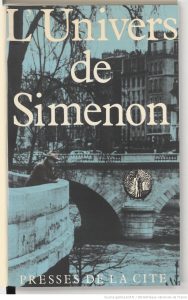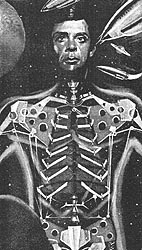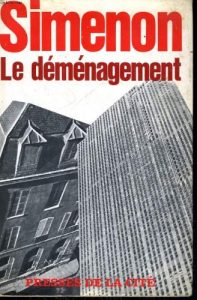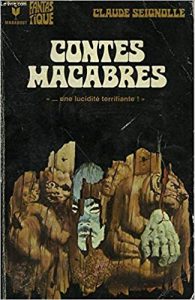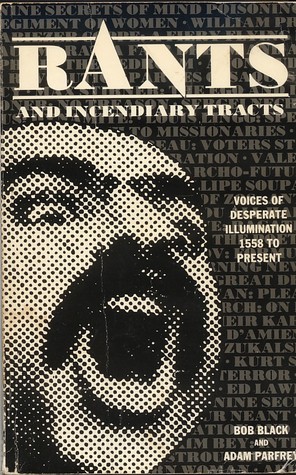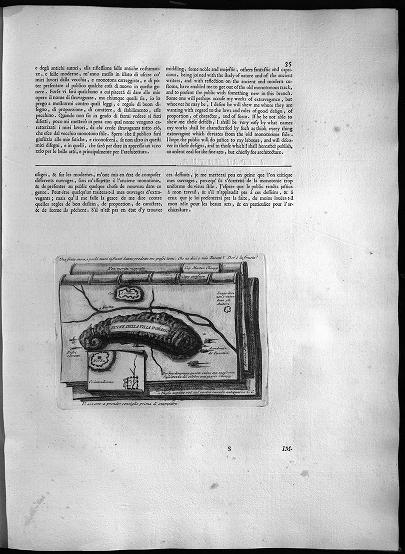Italian director Cesare Canevari died six years ago but it went unnoticed by me.
I learned of his death yesterday when I landed on Canevari’s Last Orgy of the Third Reich (1977) via Nazi Love Camp 27 (1977). God knows what brought me there.
https://www.youtube.com/watch?v=C4eAjPctNqc&t=5413s
So this morning I watched Matalo! (1970), the Spaghetti Western directed by Canevari.
It’s a whole lot better than Django Kill… If You Live, Shoot![1] (1967), which I watched this January.
Matalo! sets itself apart by its psychedelic sequences, the silence, the lack of dialogue, the sound effects and the soundtrack by Mario Migliardi.
The full soundtrack is here:
https://www.youtube.com/watch?v=aM3x80qsKUs

